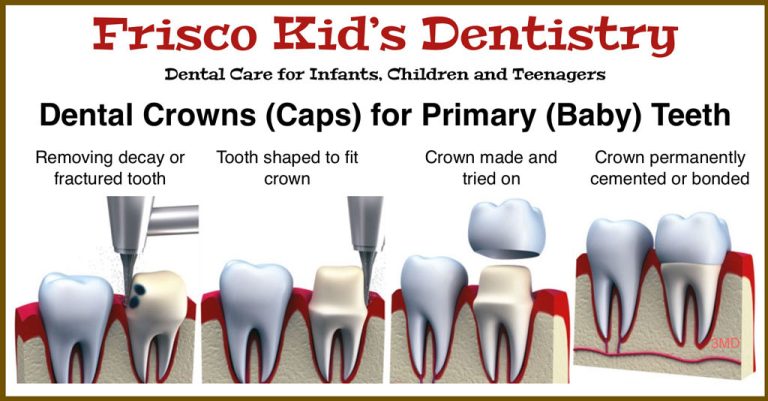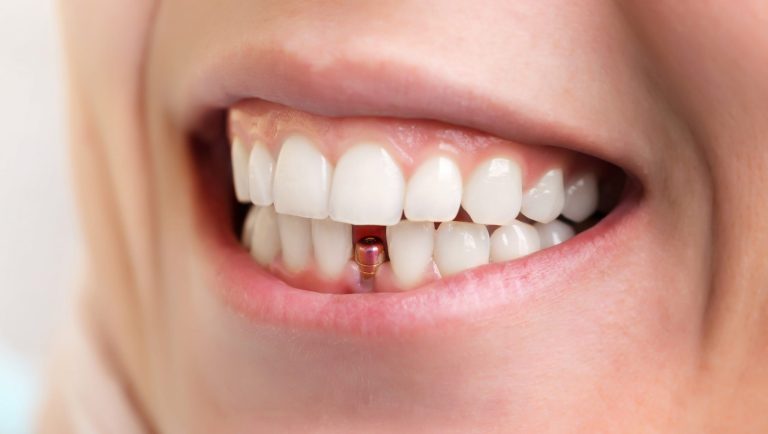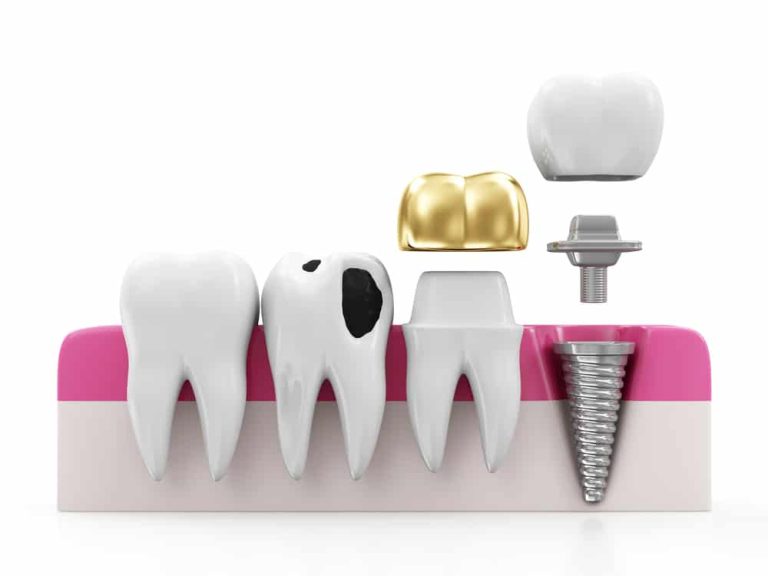can a dental bridge be removed and recemented?
Last Updated on 6 months by DR. ALBIN SIPES
A dental bridge is a typical dental restoration used to replace one or more missing teeth. It consists of an artificial tooth or teeth (pontic) that are anchored in place by dental crowns on either side of the gap.
Dental bridges are made of durable materials such as porcelain or ceramic and are designed to last for many years. However, there may be situations where a dental bridge needs to be removed and re-cemented.
The short answer is yes, a dental bridge can be removed and re-cemented. However, the process of removing a dental bridge can be complex and may need the expertise of a trained dental professional.
Additionally, the decision to remove and recement a dental bridge should be made in consultation with your dentist, as there may be other treatment options available.
Types of Dental Bridges
There are several types of dental bridges available, each with its unique characteristics. The most common type is the traditional bridge, which consists of two crowns connected by a pontic (artificial tooth).
This type of bridge is held in place by two abutment teeth on either side of the pontic. Another type of bridge is the cantilever bridge, which is similar to the traditional bridge but only has one abutment tooth.
A Maryland bridge is another option, which uses metal or porcelain wings to attach the pontic to the abutment teeth. Finally, an implant-supported bridge is a permanent bridge that is held in place by dental implants instead of natural teeth.
Reasons for Removing and Recementing a Dental Bridge
There are several reasons why a dental bridge may need to be removed and recemented, including:
- Damage to the bridge: If your dental bridge becomes damaged or breaks, it may need to be removed and re-cemented. Depending on the extent of the damage, your dentist may need to create a new bridge.
- Poor fit: If your dental bridge does not fit, it may need to be removed and re-cemented. A poorly fitting bridge can cause discomfort, pain, and even damage to the surrounding teeth and gums.
- Decay or gum disease: If the teeth supporting the dental bridge develop decay or gum disease. The bridge may need to be removed so that the affected teeth can be treated. Once the underlying dental issues have been addressed, the bridge can be re-cemented.
- Changes in dental structure: Over time, changes in the form of your mouth may affect the fit of your dental bridge. For example, if you lose or gain a significant amount of weight, your dental bridge may become loose or uncomfortable. In such cases, the bridge may need to be removed and re-cemented.
The Process of Removing and Recementing a Dental Bridge
Removing and recementing a dental bridge is a delicate process that should only be performed by a trained dental professional. Here is an overview of the steps involved:
- Numbing the area: Before removing the dental bridge, your dentist will numb the surrounding area with local anesthesia. It will ensure that you do not experience any pain or discomfort.
- Removing the bridge: Your dentist will use specialized tools to remove the dental bridge from your mouth. It may involve cutting or grinding the cement that holds the bridge in place.
- Cleaning the area: Once the bridge has been removed, your dentist will clean the area to remove any remaining cement or debris.
- Assessing the condition of the bridge: Your dentist will examine the dental bridge to determine whether it can be recemented or whether a new bridge needs to be created.
- Recementing the bridge: If the dental bridge is in good condition, your dentist will recement it in place using dental cement. The bridge will be adjusted as necessary to ensure a comfortable fit.
- Post-treatment care: Your dentist will provide you with instructions on how to care for your newly recemented dental bridge.
Potential Risks
Although a dental bridge can be removed and recemented, there are some potential risks associated with the procedure. One chance is that the bridge may not fit appropriately after being recemented, which can cause discomfort or even damage to the surrounding teeth.
Additionally, there is a risk of infection if the bridge is not correctly cleaned and sterilized before being recemented. Finally, there is a risk of damage to the abutment teeth if they are not perfectly prepared before recementing the bridge.
FAQ:
Why might a dental bridge need to be removed and recemented?
When it becomes damaged, does not fit properly, or if decay or gum disease is affecting the supporting teeth.
Who can remove and recement a dental bridge?
A trained dental professional, such as a dentist or prosthodontist, should be the only one to remove and recement a dental bridge.
Will remove and recementing a dental bridge cause pain?
Your dentist will numb the area with a local anesthetic, so you should not feel any pain during the process.
Can any dental bridge be removed and recemented?
The ability to remove and recement a dental bridge will depend on the type of bridge and the condition of the supporting teeth and gums. Your dentist will be able to determine if your bridge can be re-cemented.
How long does the process of removing and recementing a dental bridge take?
The process of removing and recementing a dental bridge can take anywhere from 30 minutes to an hour, depending on the complexity of the case.
Is it possible for a recemented dental bridge to become loose again?
A recemented dental bridge can become loose again over time if there is underlying decay or gum disease. Regular dental check-ups and cleanings can help prevent this from happening.
Is it better to remove and recement a dental bridge or get a new one?
The decision to remove and recement a dental bridge or get a new one will depend on the specific case. Your dentist will be able to recommend the best course of action based on your individual needs.
Conclusion
In conclusion, a dental bridge can be removed and recemented in certain circumstances. However, this process should only be performed by a trained dental professional. The decision to remove and recement a dental bridge should be made in consultation with your dentist.
With proper care and maintenance, your dental bridge can provide you with a comfortable and durable solution.



